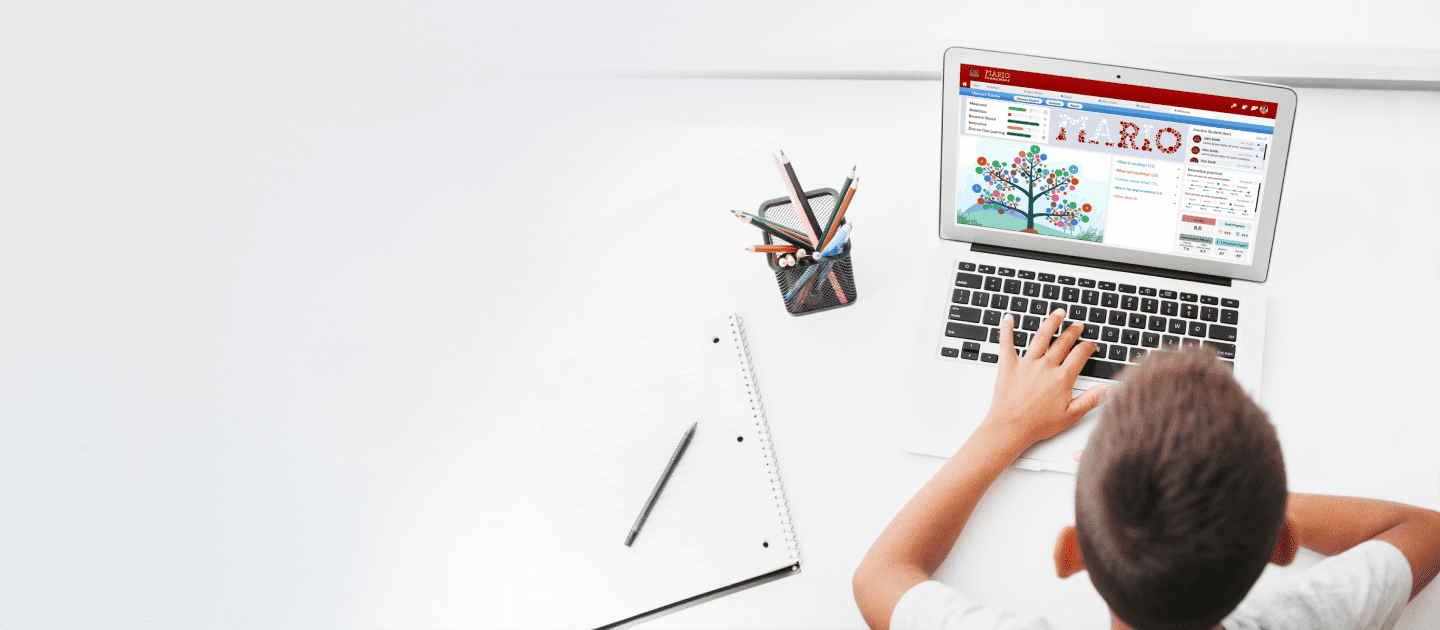Bullying in physical education of children and youth with visual impairments: A systematic review

As special educators, we must include PE teachers and paraeducators in IEP meetings and ensure they feel prepared to modify and adapt their program for learners with disabilities.
How do temperament and character play a role in students’ approach to learning?

Students with a deep approach to learning tend to have character traits associated with openness, conscientiousness, and a “steady temperament.”
Increase motivation by involving students in their own behavioral interventions
Help learners embrace a learn-through-difficulty norm by creating virtual learning environments.
Post title
fsdf
Post title
Short
Self-efficacy: Toward a unifying theory of behavioral change – Albert Bandura

This article presents an integrative theoretical framework to explain and to predict psychological changes achieved by different modes of treatment.
The Unity and Diversity of Executive Functions and Their Contributions to Complex ‘‘Frontal Lobe’’ Tasks: A Latent Variable Analysis – Miyake et al.

This individual differences study examined the separability of three often postulated executive functions-mental set shifting (“Shifting”), information updating and monitoring (“Updating”), and inhibition of prepotent responses (“Inhibition”)-and their roles in complex “frontal lobe” or “executive” tasks.
Visible Learning for Teachers Maximizing Impact on Learning – John Hattie

In November 2008, John Hattie’s ground-breaking book Visible Learning synthesized the results of more than fifteen years research involving millions of students and represented the biggest ever collection of evidence-based research into what actually works in schools to improve learning.
The Origins of Intelligence in Children – Jean Piaget (Margaret Cook, translator)

This work, a second edition of which has very kindly been requested, was followed by La Construction du réel chez l’enfant and was to have been completed by a study of the genesis of imitation in the child.
Classroom instruction that works: Research-based strategies for increasing student achievement – Robert J. Marzano, Debra Pickering & Jane E. Pollock

This book provides information on what works in education, how teachers can find what works, how educational research can find its way into classrooms, and how teachers can apply it to help individual students.
